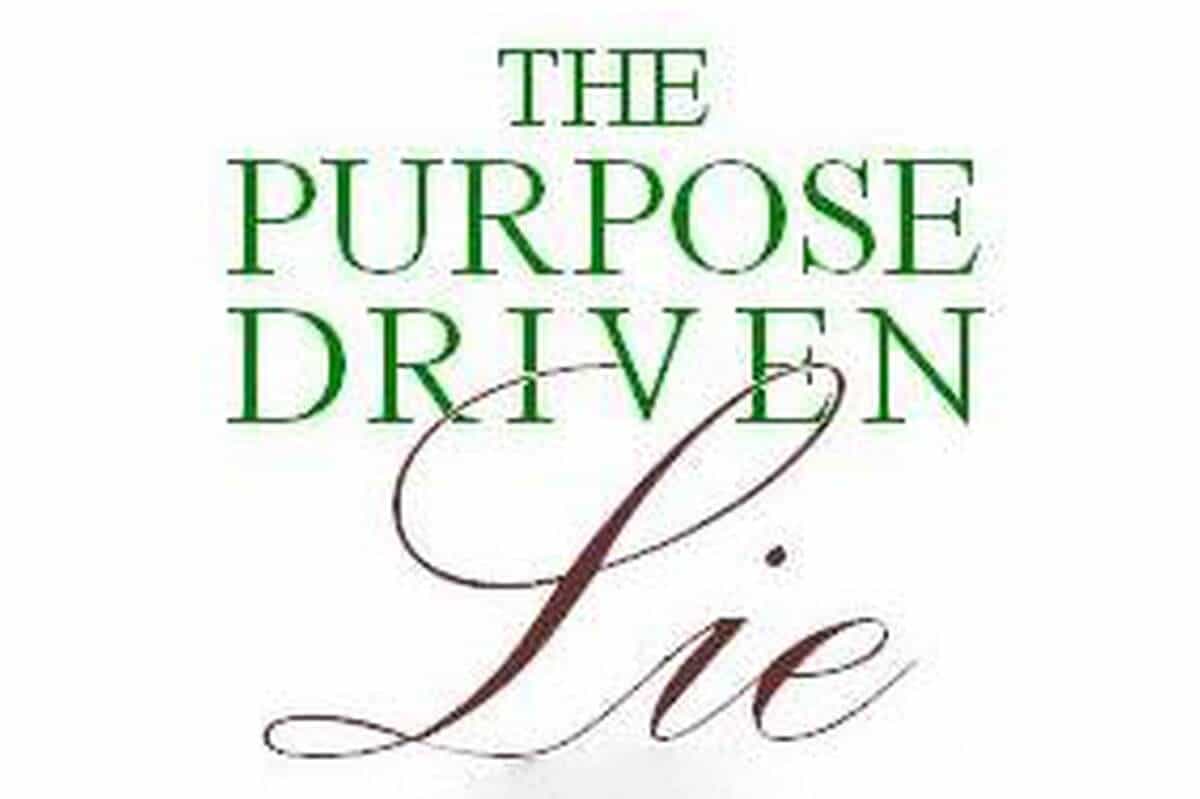
30 Practical Tips to Make Yourself Indispensable to Others
February 27, 2017
The Life Purpose Lie
March 7, 2017The truth about Vizualization and Goal Achievement

Ever wonder what the real deal is with visualization?
Whether you call it visualizing, simulating, vision-boarding or something else, the technique has been the talk of the personal-development town for years.
Problem is, many proponents:
- Overlay a metaphysical basis for it, leaving all who do not buy into the woo-factor skeptics, and
- Focus exclusively on something called “outcome” visualization that’s been shown in university studies to be less effective than the rarely discussed “process” visualization.
Time for a bit of debunking and pulling back the curtain on how to do it right…
[The following is excerpted and slightly adapted from the book, Career Renegade: How to Make a Great Living Doing What You Love]
Simple fact, without clarity and belief, there is no action.
If you don’t know where you are going, you don’t know what actions to take. Even if you do know where you want to go, but don’t believe you can get there, you still won’t act. And, without action, there is no accomplishment.
Clarity allows you to create vivid mental simulations.
Repeating those simulations leads to belief. And belief fuels action. Repeatedly visualizing a deeply sought after goal, seeing, feeling, hearing yourself accomplish this goal, over and over, has a profound effect. It conditions you slowly away from self-doubt and disbelief and moves you increasingly toward belief.
And, the more you believe, the more likely you are to act.
When you believe something, even marginally, you begin to do a thousand little things differently. You talk to people you’d normally avoid. You ask questions you’d have been too shy to ask. You help people you’d normally ignore. You dress a little better. You interact with more confidence. You carry yourself differently.
You invest time, energy, hours and funds in yourself and others without really noticing how differently you are presenting yourself to the world. To those who come in contact with you, you are different. And the net result of those dozens of microscopic changes in your behavior, in a daily basis is two-fold:
- People perceive you differently – they become responsive because they read in you a sense of confidence, commitment and raw-energy that they want to participate in.
- All the little actions begin to add up – the thousands of nearly imperceptible changes in behavior and modest actions taken on a consistent, daily basis, begin to yield results that take you a step closer to your visualized goal.
Is it better to visualize the goal or visualize the steps?
The approach to visualization or mental simulation most often offered is something called outcome simulation.
It asks you to create a vivid picture of a specific outcome, as if it has already happened. Maybe it’s crossing the finish line at a race, owning your dream house, toppling a government, getting an A on an exam or doing your dream job for a living. Outcome simulation can be an effective tool. But, for many people, especially when it comes to the early-days of a career-revolution, outcome is not the most powerful tool in the visualization arsenal.
Indeed, there is a different approach to visualization that had been shown in a number of published studies to be significantly more powerful. It’s called process simulation and, true to its name, it focuses on visualizing not the outcome or goal, but the steps and actions needed to get there.
In 1998, researchers divided 84 college students in three groups. Over a one-week period, for five-minutes each day, students in the process simulation group visualized the actions and steps needed to complete a specified project. At the same time, students in the outcome simulation group visualized themselves having successfully completed the project. Students in a third control group did neither.
The results were eye-opening:
- Compared to the control group, students in both the process and the outcome groups were more likely to begin the project on time. So, both process and outcome simulation got people acting earlier than no simulation.
- The students who visualized themselves having successfully completed the project were significantly more likely to complete it on time.
- The students who visualized the steps needed to complete the project, though, were more likely than both other groups to finish on time and they generally considered the assignment easier than students in the other groups. (Taylor, S.E., Pham, L.B., Rivkin, I.D., & Armor, D.A. (1998). Harnessing the imagination: Mental simulation, self-regulation, and coping. American Psychologist, 53, 429-439).
In a series of additional studies by Pham and Taylor on undergraduate students in 1997 and 1999, students who engaged in daily process simulation in anticipation of an exam started studying earlier than those who simply visualized getting an A. And, with more study, not surprisingly, the process simulation group scored an average of 8 points better on the exam than the outcome simulation group, who simply visualized getting an A.
How do we apply this knowledge to your career renegade journey?
Every career renegade journey unfolds in two phases.
The beginning phase involves quite a bit of research, information gathering and planning. It’s the research and development or R&D phase. The R&D phase prepares you for the second, more-active phase, aggressive pursuit of a specific career-goal.
During the R&D phase, it is nearly impossible to create an effective outcome simulation, because you don’t yet know where you are going.
This is where process visualization can really shine…
Because your driving force is to act daily in an effort to gather the information needed to establish and go after an ultimate goal. Process simulation fuels these daily actions. It drives you to carry out these daily steps and makes you more likely to start earlier, be more consistent and experience these tasks as being less work.
At the beginning of each week in your R&D phase, write out a list of three to five daily actions that will help take you closer to your ultimate career renegade goal. At this point, many of these actions will be about getting enough information to figure out and test whether that goal is feasible. Write these actions down, then every day, for five minutes, find a quiet place, sit or lie down and visualize yourself with as much clarity as possible taking those steps and engaging in those actions.
Once you have gathered enough information and established enough knowledge to know, with a great degree of clarity, exactly what you’d like to accomplish, and done the research to be confident that it’s attainment is possible, then it’s time to add outcome simulation to your daily renegade mindset practices.
Outcome visualization comes in many forms.
You can create a visualization or vision board, attaching images that represent what you career and life will look and feel like once you’ve achieved your goal. You can write a vivid description or record the description as an audio file. Whatever expression you choose, don’t replace your process simulation with outcome simulation, do them both every day.
This daily dual simulation will go a long way toward cultivating the mindset needed to believe in your ability to pull off your career-evolution and then take the actions needed to make it happen.
[The above was excerpted and adapted from Career Renegade: How to Make a Great Living Doing What You Love].



